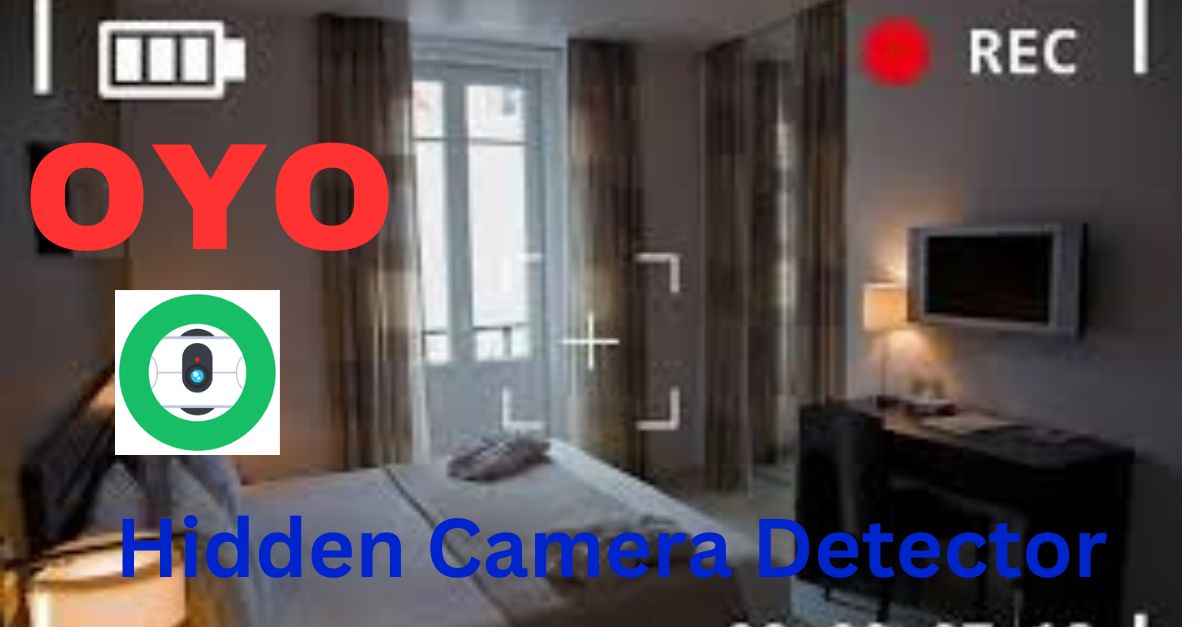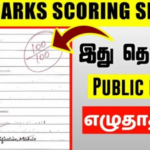
In an era of advancing technology, hidden cameras have become smaller and easier to conceal, raising significant privacy concerns. Whether you’re in a hotel, rental property, or even your own home, learning how to identify and locate hidden cameras is a critical skill for safeguarding your personal space.
Common Places Where Cameras Are Hidden
Hidden cameras can be concealed almost anywhere. Some of the most common hiding spots include:
- Smoke Detectors: These are often positioned in central locations for better coverage.
- Behind Mirrors: Two-way mirrors can house hidden cameras, allowing someone to see through one side.
- Electrical Outlets: Modified outlets can serve as camera housings.
- Household Objects: Everyday items such as clocks, picture frames, or pens are often modified to include hidden cameras.
Take extra care when inspecting objects that are new, out of place, or seem misaligned.
Signs That Indicate the Presence of a Hidden Camera
Hidden cameras can leave subtle clues. Watch out for:
- Unusual Lights or Sounds: Some cameras emit faint LEDs or humming noises.
- Misaligned Objects: Items that seem slightly off-center or out of place could be a sign.
- Unfamiliar Devices: New items in a room, especially electronic ones, warrant closer inspection.
Tools for Detecting Hidden Cameras
Detecting hidden cameras can be easier with the right tools:
- Smartphone Apps: Apps like Fing or Hidden Camera Detector help identify unfamiliar devices on local networks.
- Infrared Detectors: Used to find cameras that use infrared light for night vision.
- RF Signal Detectors: These identify wireless transmissions, which may indicate a hidden camera.
- Flashlights and Lasers: Shining light on a camera lens can reveal reflections.
Physical Inspection Techniques
Manual inspection is one of the most effective ways to find hidden cameras. Focus on:
- Small Holes or Openings: Cameras need a line of sight to record, so check for tiny lens openings.
- Suspicious Objects: Inspect everyday items that seem heavier or bulkier than usual.
- Testing Mirrors: Perform the “fingernail test” by touching the surface of a mirror. If there’s no gap between your finger and its reflection, it could be a two-way mirror hiding a camera.
Using Your Smartphone to Detect Cameras
Your smartphone can be a powerful tool for detection:
- Scan for Wi-Fi Networks: Hidden cameras often connect to networks. Check for unfamiliar Wi-Fi names.
- Lens Reflections: Use your phone’s flashlight to look for lens reflections in dark rooms.
- Detection Apps: Download apps designed to locate hidden cameras through lens detection or network scanning.
How to Use Infrared Detection Methods
Hidden cameras with night vision emit infrared light. To detect them:
- Turn off all lights in the room.
- Use your phone’s front-facing camera (some rear cameras filter out infrared light).
- Slowly scan the room. Look for glowing spots on your screen that are invisible to the naked eye.
Scanning for Radio Frequencies
Wireless cameras transmit signals that can be detected with RF detectors. Follow these steps:
- Turn off all known electronic devices to minimize interference.
- Sweep the room with the RF detector, paying close attention to hotspots.
- Identify the source of any suspicious signals.
Advanced Techniques for Locating Hidden Cameras
For a thorough search, consider advanced tools such as:
- Thermal Imaging Devices: These detect heat signatures emitted by electronics.
- Professional-Grade Scanners: High-end detectors provide better accuracy.
- Professional Services: Hiring an expert ensures a comprehensive sweep.
Steps to Take After Detecting a Hidden Camera
If you find a hidden camera:
- Document Evidence: Take photos and videos for proof.
- Report It: Inform property management or local authorities.
- Disable the Camera: Cover or disconnect it, but avoid damaging it to preserve evidence.
Preventing Future Breaches of Privacy
To safeguard your privacy:
- Conduct regular inspections.
- Use privacy gadgets like signal jammers.
- Inspect accommodations when traveling or renting.
Laws Regarding Hidden Cameras
The legality of hidden cameras varies by location:
- In many regions, recording someone without consent in private spaces is illegal.
- Familiarize yourself with local surveillance laws to understand your rights.
Ethical Concerns Around Hidden Cameras
Hidden cameras can severely impact trust and mental well-being. The ethical implications extend beyond legal boundaries, emphasizing the importance of maintaining privacy and dignity.
FAQs
1. How can I spot a hidden camera in a hotel room?
Inspect common hiding spots, use a flashlight to look for lens reflections, and scan for unusual Wi-Fi networks.
2. What tools are best for detecting hidden cameras?
Smartphone apps, RF detectors, and infrared cameras are highly effective.
3. How do I perform the mirror test?
Touch the surface of a mirror. If your finger directly touches its reflection, it may be a two-way mirror.
4. Are hidden cameras illegal?
Recording without consent in private spaces is illegal in many jurisdictions. Check local laws for specifics.
5. Can hidden cameras work without Wi-Fi?
Yes, some cameras store footage locally on memory cards and don’t require Wi-Fi.
6. Should I hire a professional to sweep for hidden cameras?
If you suspect advanced surveillance, hiring a professional ensures a thorough and accurate inspection.










